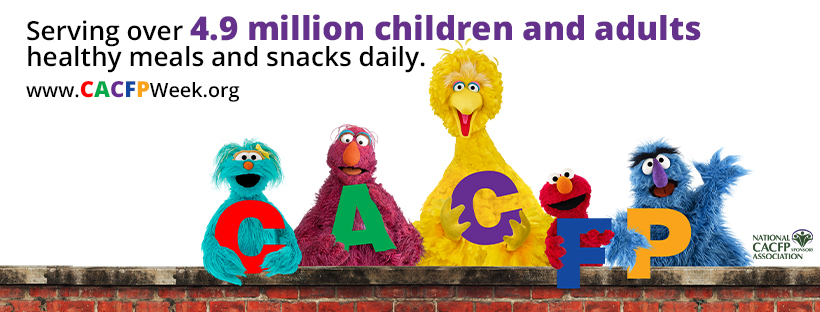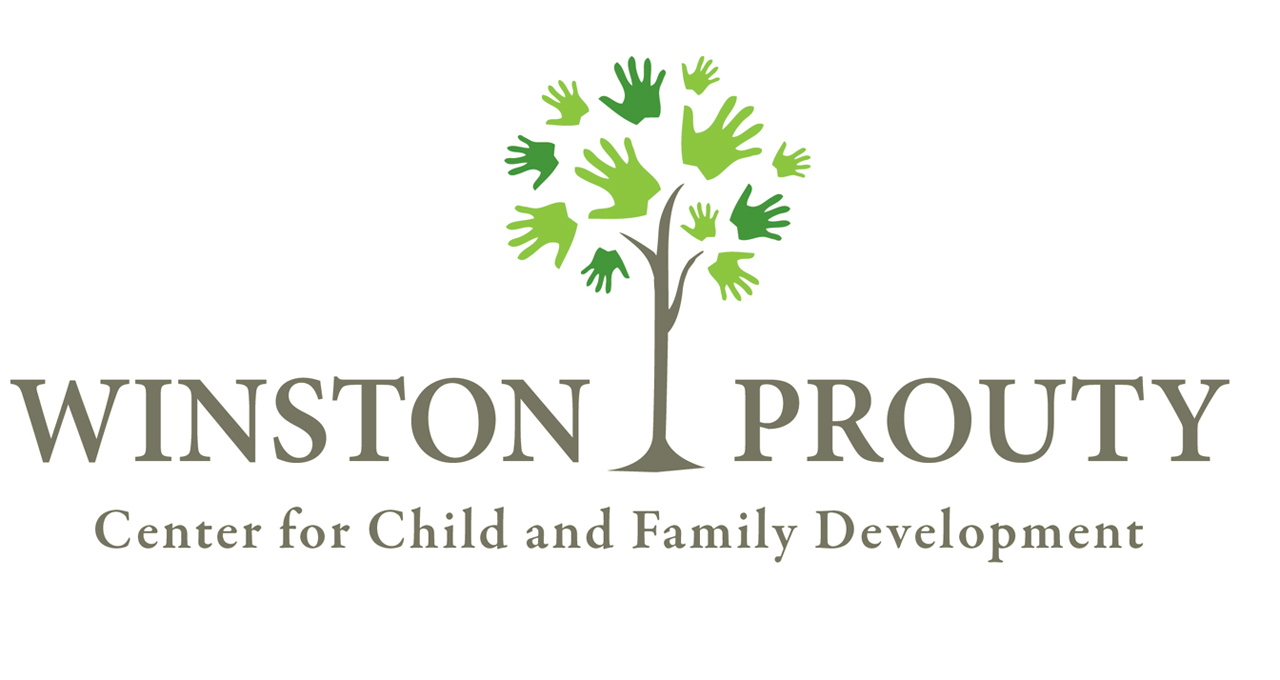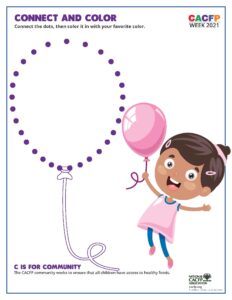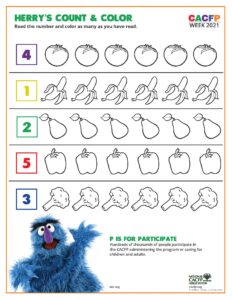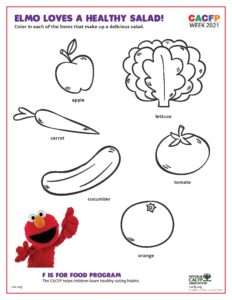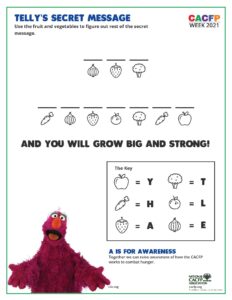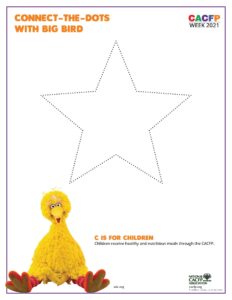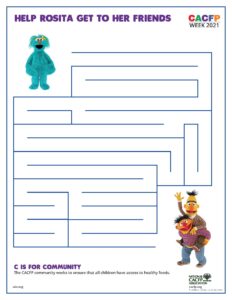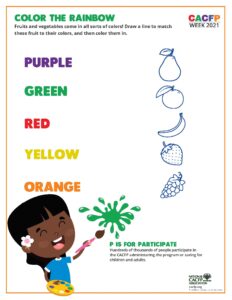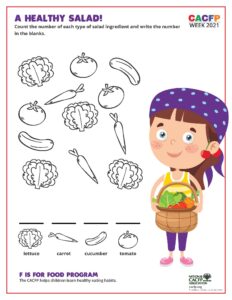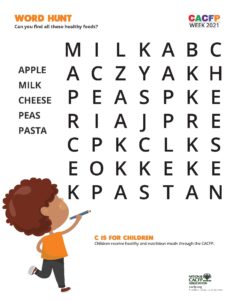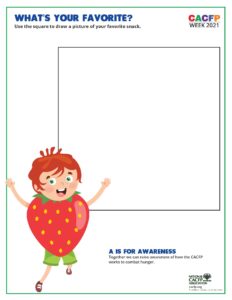CACFP Week
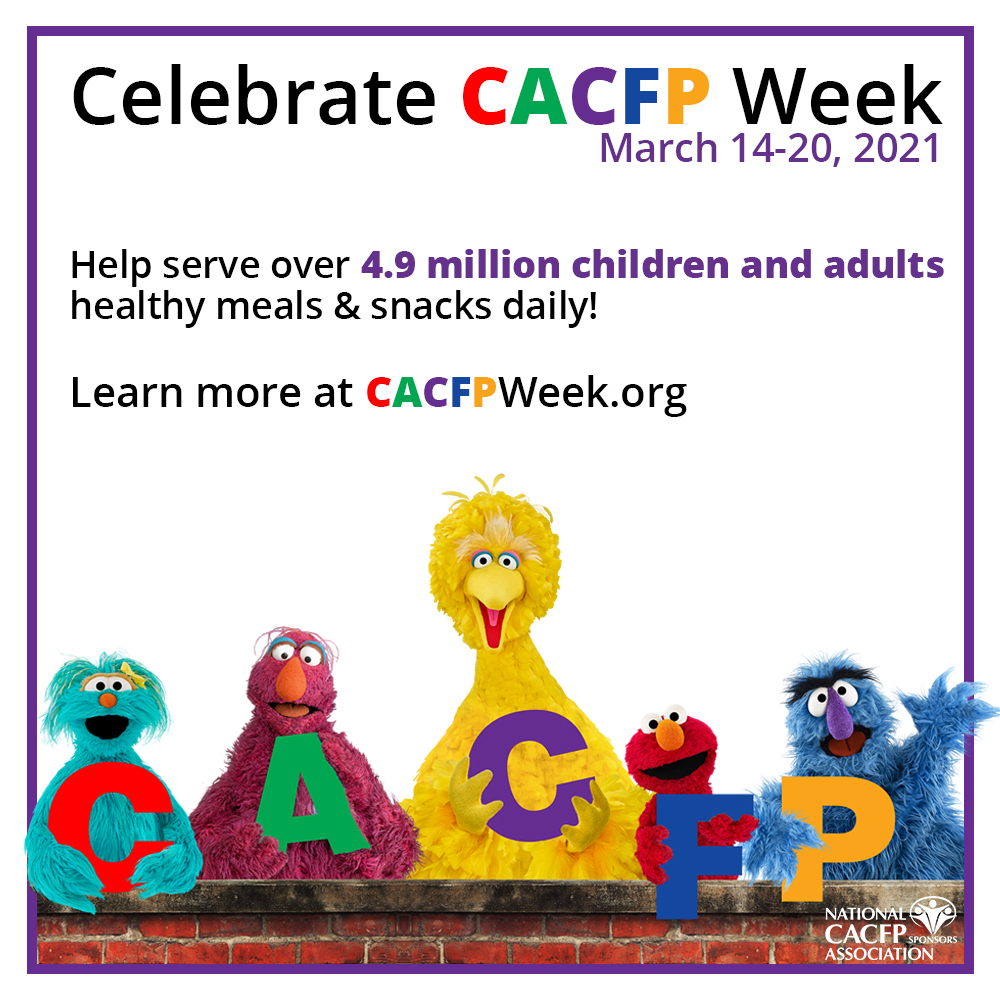
Celebrate Child and Adult Care Food Program Week
March 14-March 20, 2021
CACFP Week is a national educational and information campaign sponsored annually by the National CACFP Sponsors Association designed to raise awareness of how the USDA’s Child and Adult Care Food Program works to combat hunger. The CACFP brings healthy foods to tables across the country for children in child care centers, homes and afterschool, as well as for adults in day care.

As we celebrate CACFP Week, you should know one of the most important lessons a child will learn are healthy eating habits. Did you know your child is learning these habits in an environment that recognizes the importance of participating in the Child and Adult Care Food Program as a way to help children grow and develop to their fullest potential?
Together, with caregivers and parents, we can work to establish and encourage healthy eating habits. Receiving nutritious meals early in life, as well as being physically active, is critical to the establishment of positive lifelong habits.
What does CACFP mean for you and your children?
Research shows that child care providers who participate in the CACFP offer more fruits, vegetables, whole grains, and lean meats than providers who do not participate in the CACFP. These high quality meals mean children are getting many of the nutrients needed to stay healthy and active. This helps build a strong immune system. Children served a nutritious diet, as regulated by the program, are also more likely to be healthy, happy and develop at a normal physical, emotional, and intellectual pace.
CACFP providers create an atmosphere that instills a positive, curious attitude about food from the earliest years. Participation means that not only are wellbalanced meals and snacks served, but that other requirements such as safety regulations, child-to-staff ratios, and other health guidelines are being followed. To remain in the program, homes and centers are continually monitored and held to the highest health and nutrition standards.
For families:
Learn together about the CACFP with these fun activiy sheets:
For Providers:
Here is a list of activities to promote community awareness of the CACFP and its importance to the quality of available child care:
- Plan an activity with children. Take a picture of the children doing the activity. Send the picture to your U.S. Congressperson and Senators along
with a short note about how the CACFP helps promote lifelong healthy eating habits in young children. Better yet, invite someone from your TV,
radio, newspaper or legislature to be a part of the activity. - Host an open house for families celebrating the CACFP. Serve a few of the children’s favorite recipes. Display any crafts you may have done with the
children. Invite your legislative representative to join you and your guests. Try to get media coverage. - Encourage the children to complete their activity flyer throughout the week.
- Send an activity flyer home with children so their families can review how the CACFP supports good nutrition and physical activity in child care.
- Plan at least one nutrition activity this week and inform the parents. Need ideas? Check out www.facebook.com/NationalCACFP
- Involve the parents and children in planning this week’s meals and snacks.
- Talk about the menu each day in relation to MyPlate. Did you meet the recommended number of servings?
- Talk with the children about how eating nutritious foods now will help them to be healthier adults later. Example: Eating foods that are good for you will help you stay healthy and strong.
- Try a new recipe. Ask parents if they have a recipe that they would like to share.
- Compile your own recipe book. Hand out your recipe book at a parent appreciation brunch or snack.
- Make a commitment to improve menus during March, also National Nutrition Month, by:
- Using more fresh fruits and vegetables
- Evaluating the menus for plate appeal
- Adding new vegetables to the menu
- Make healthy eating fun
- Increasing the use of whole grain products
